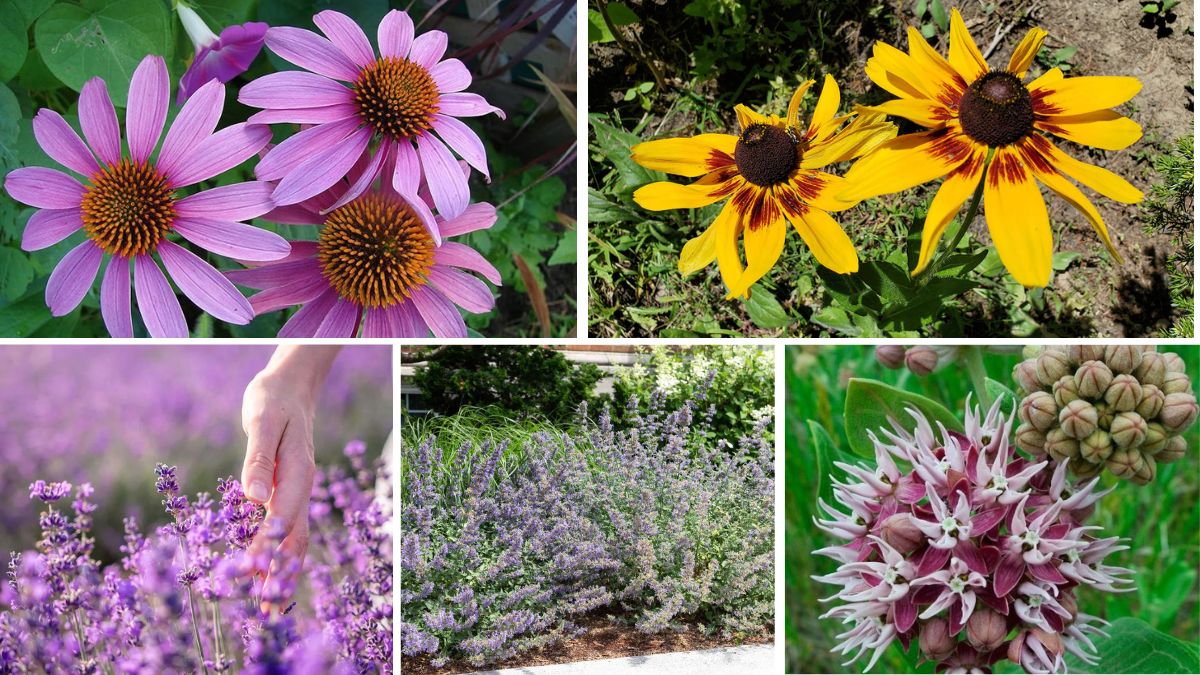A garden truly comes alive when it’s buzzing with pollinators, birds, and butterflies. Wildlife-friendly perennials not only add beauty but also create a thriving ecosystem right in your backyard. These plants return year after year, saving you time and effort while ensuring your outdoor space stays vibrant. From nectar-rich blooms to seed-filled heads, the following five perennials will attract wildlife while elevating your garden’s overall charm.
1. Echinacea (Coneflower)
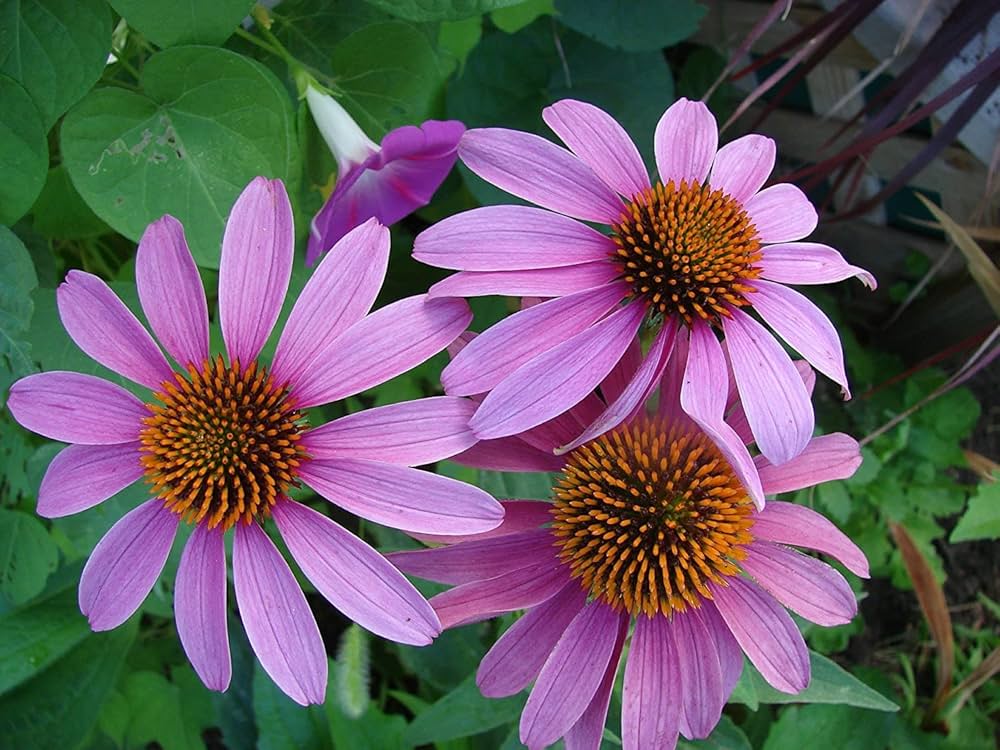
Echinacea, commonly known as coneflower, is one of the most beloved wildlife-friendly perennials. Its daisy-like blooms come in shades of pink, purple, and white, making it a striking centerpiece in any garden. Beyond its beauty, this plant attracts bees, butterflies, and hummingbirds throughout the summer. In the fall, its seed heads become a feast for finches and other songbirds. Coneflowers are hardy, drought-tolerant, and low-maintenance, making them an easy yet rewarding choice for gardeners who want both style and function.
2. Rudbeckia (Black-Eyed Susan)
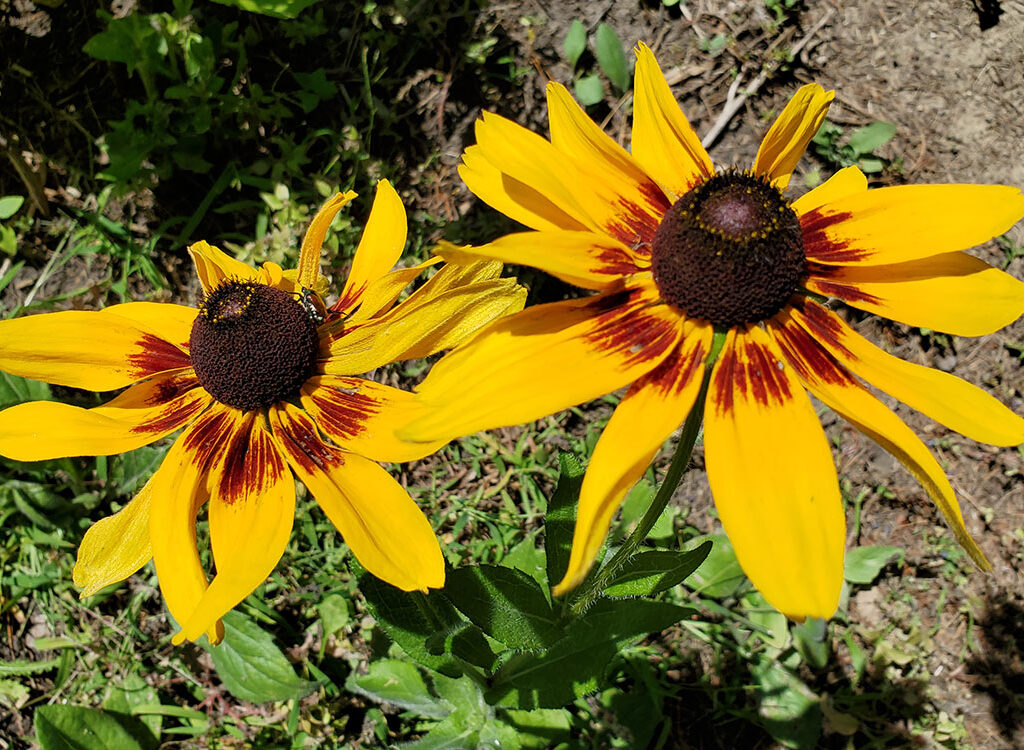
Rudbeckia, or Black-Eyed Susan, is a cheerful perennial that brings a burst of golden-yellow blooms to any outdoor space. Its long flowering season ensures months of vibrant color, while the nectar-rich flowers attract pollinators like bees and butterflies. Once the blooms fade, the seed heads provide a valuable food source for birds during the colder months. These resilient plants thrive in a variety of soils and require minimal care, making them perfect for creating a wildlife-friendly yet low-maintenance garden.
3. Lavandula (Lavender)

Lavender is not only prized for its soothing fragrance and silvery foliage but also for its ability to attract a wide range of wildlife. Bees, butterflies, and other pollinators flock to its nectar-filled purple blooms, while its evergreen structure offers year-round interest. Lavender is drought-tolerant and thrives in sunny spots, making it both practical and beautiful. Planting lavender in borders, containers, or along pathways will not only upgrade your garden’s look but also ensure your outdoor space is buzzing with life.
4. Asclepias (Milkweed)
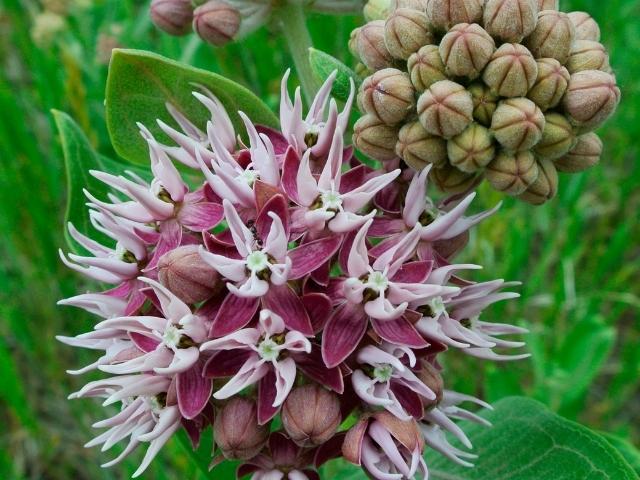
Asclepias, better known as milkweed, is essential for anyone looking to support butterflies—especially monarchs. It serves as a host plant for monarch caterpillars and offers nectar to many pollinators, including bees and hummingbirds. With its clusters of star-shaped flowers in shades of pink, orange, and white, milkweed is as ornamental as it is ecologically important. By planting milkweed, you create a safe haven for endangered pollinators while enhancing your garden with unique beauty and purpose.
5. Nepeta (Catmint)
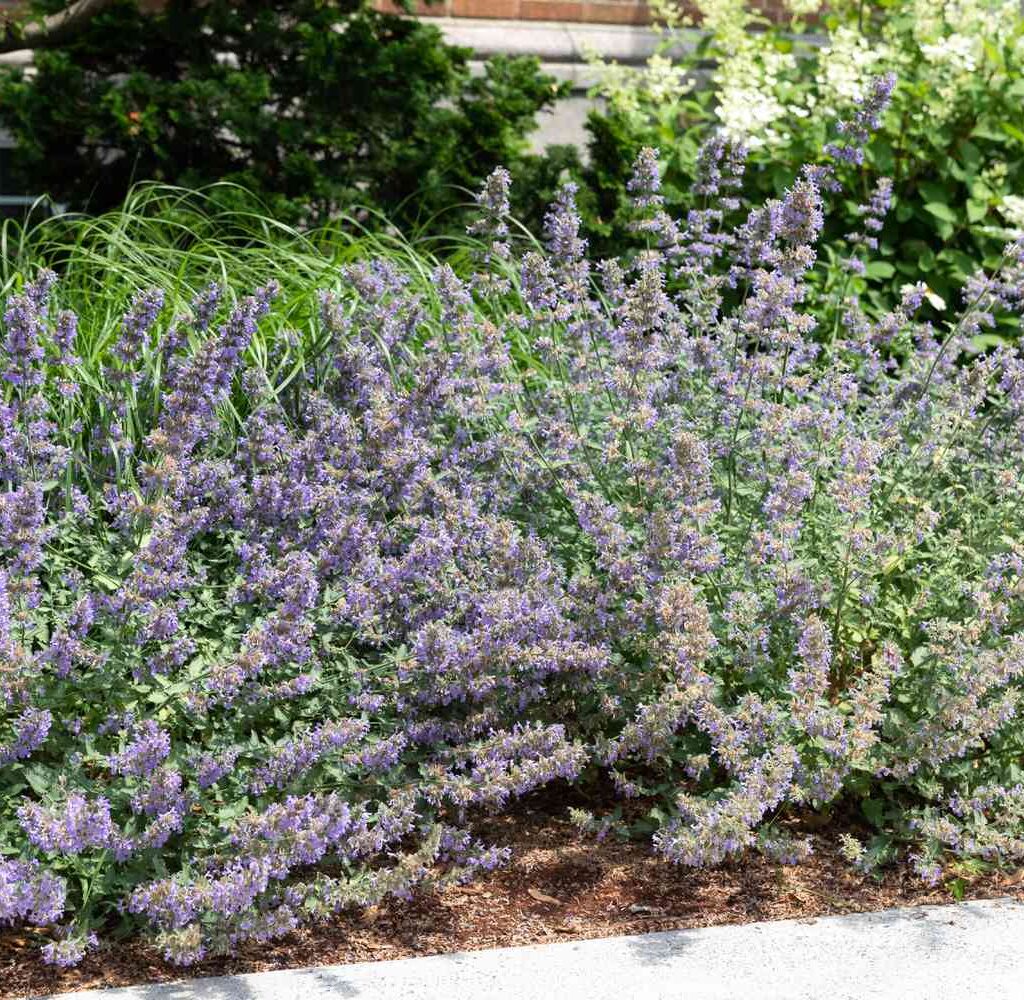
Nepeta, or catmint, is a versatile perennial that combines soft, aromatic foliage with masses of lavender-blue flowers. It blooms for an extended period, attracting bees, butterflies, and other beneficial insects. Catmint is also deer-resistant and drought-tolerant, making it a hardy addition to any garden. Its low-growing, sprawling habit makes it ideal for edging pathways or filling in garden borders. As a bonus, its silvery foliage adds texture and contrast, ensuring your garden stays visually dynamic while remaining wildlife-friendly.
Final Thoughts
Choosing wildlife-friendly perennials is a beautiful way to create a garden that supports biodiversity while adding long-lasting charm. From the vibrant blooms of coneflowers and Black-Eyed Susans to the aromatic presence of lavender and catmint, these plants turn your outdoor space into a thriving sanctuary. With just a few thoughtful choices, your garden can become both an inviting retreat for you and a vital resource for wildlife.
